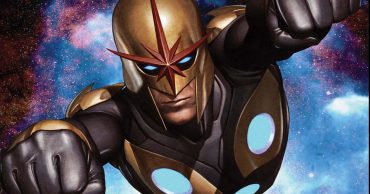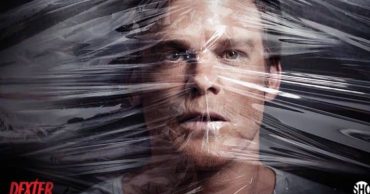Two-parter movies are not a new concept. They have always existed in Hollywood, but back then, they were extremely rare. Films like Back to the Future Part II and III and Kill Bill: Volume 1 and 2 weren’t commonplace; they were exceptions to the rule. But today, it seems like every other major blockbuster is a two-parter. Mission: Impossible — Dead Reckoning only gave us one-half of the reckoning. Fast X was promised to be “the beginning of the end”, but they took it quite literally and sliced it into two parts. Across the Spider-Verse also ended on a “to be continued” note, with the second part delayed indefinitely.
And these two-parters don’t seem to be stopping. Wicked, one of the most anticipated movies of 2024, will be a two-parter musical. And Kevin Costner’s upcoming Western epic Horizon will also be divided into two chapters, released seven weeks apart. So, why is Hollywood suddenly obsessed with splitting a single story into two films? Here are all the major factors contributing to the sudden rise of two-parter movies.
The Stories Lately Have Been Too Long to Fit in a Single Film
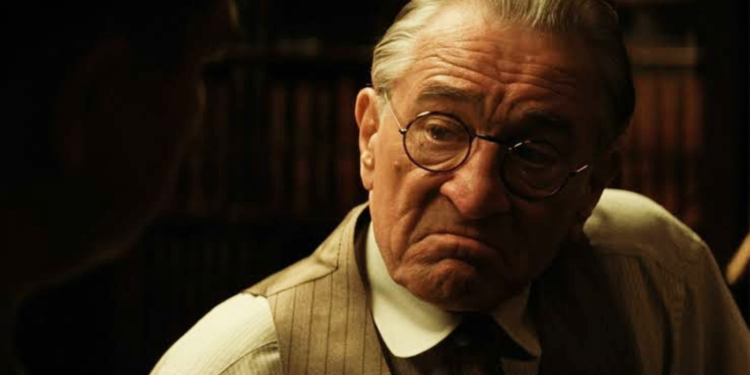
The biggest reason for dividing a movie into two parts is the time constraint. Remember John Wick: Chapter 4, Killers of the Flower Moon, and Oppenheimer? Epic films and thrilling stories, but they all had one common complaint from critics: “Too long!” With intermissions dying out and attention spans dwindling, three-hour films leave even the most dedicated cinephiles squirming for a restroom break. Directors and writers have strict runtime guidelines to follow, and dividing a larger story into two films is better than cutting out important scenes just to shorten the runtime.
This was the exact reason Dead Reckoning was split into two parts. The director, Christopher McQuarrie, said that after Fallout (which was already a long film running at 2 hours and 28 minutes), he knew the sequel was going to be bigger and longer. He wanted to expand the cast and give each one of those characters more to do. And so, instead of fighting the runtime, he decided to cut the next movie in half and tell the complete story he wanted to tell.
Also, major blockbuster films are often based on novels or comic books with rich, expansive worlds. Attempting to cram all the characters, intricate plotlines, and world-building elements into a single film risks diluting the essence of the source material. Take Across the Spider-Verse, for example. It establishes Gwen’s and Miguel’s backstories; introduces Pavitr Prabhakar, Spider-Punk, Jessica Drew, and the rest of the Spider-Society; turns The Spot from a villain-of-the-week to a multiversal-level threat; establishes The Web of Life and Destiny and canon events; and teases Earth-42 Miles and Aaron! Trying to cram this and the next movie all into one would have either led to a five-hour film or major rewrites and scene cuts.
Tonal Shift Between The Movies Is a Technique Showrunners Use to Build a Brand
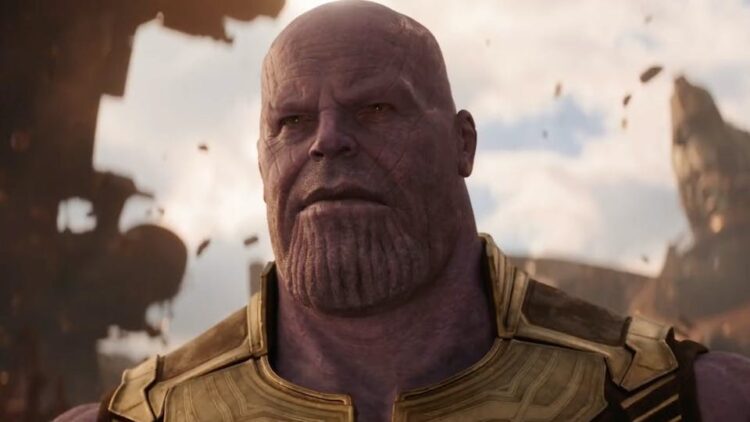
Another huge reason for two-parter movies is that sometimes, even though the stories are two halves of the same coin, they are tonally very different from each other. Avengers: Infinity War and Avengers: Endgame serve as prime examples of this approach. The tone is much more light-hearted in the first two acts of Infinity War. The Avengers and the Guardians start off trading one-liners as Thanos acquires one Infinity Stone after the other, and you’re thinking he’ll be defeated in the third act like you’ve seen a million times. But then the film pulls the rug out from under your feet and tells you, “No, this time will be different.”
You spend a whole year simmering in the grief of half the Avengers gone, waiting for the second part. And then, when you see these characters again in Endgame, it’s a much bleaker story. Tony is dying. Thor is depressed. Natasha and Steve are alone in a now-empty Avengers HQ. And Clint has gone full-on Punisher mode. These heroes must pick up the pieces of a post-snap world and fight back, whatever it takes. Tonally, Infinity War was Thanos’ grand heist movie, while Endgame became the Avengers’ revenge story. And dividing the plot into separate films allowed each half to breathe. The cathartic fight-back of Endgame hits home because we’ve experienced the full weight of Infinity War’s defeat.
The first-part cliffhanger endings also generate a lot of social media buzz and speculation. Fans dissect trailers, theorize plot twists, and keep the story alive between releases. It’s a marketing masterstroke; it helps studios build their franchises and sustain engagement long after the first movie ends.
To Get Around Financial Strain and Get Tapped by Streaming Platforms
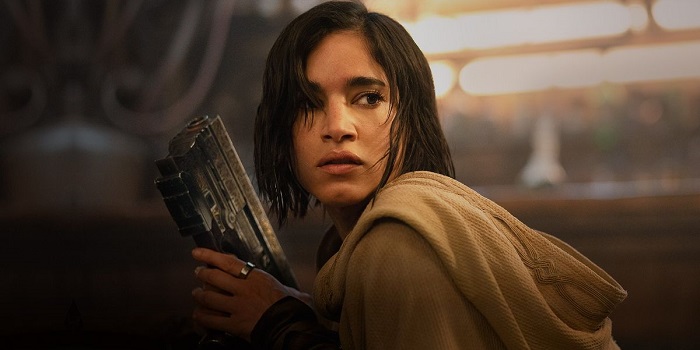
Making movies isn’t cheap, and they’ve only gotten more expensive in recent years. Actors’ rising salary demands, overreliance on CGI, and extensive reshoots are just some of the reasons that movies are so expensive now. But by splitting one story into two films, studios can use the profits from the first movie to cover the costs of the second one. Take Fast X, the most expensive Fast & Furious film ever, with a whopping $340 million budget. Splitting it into two parts allows the first’s box office earnings ($714.6 million) to finance the second. It’s a financial safety net and helps spread the risk.
There’s a psychological aspect at play here as well. You see, one of the biggest problems studios face is maintaining audience loyalty, especially with sequels. But a two-parter can act as a loyalty lock-in. You’ve seen half the story, invested in the characters, and are likely hooked enough to return for the finale. This is why the second movie in a two-part series almost always performs better. Infinity War was a massive success, going on to become the 4th highest-grossing film of all time when it was released, but then Endgame surpassed it, becoming the 2nd highest-grossing film of all time! Similarly, Harry Potter and the Deathly Hallows: Part 1 earned $976.5 million, whereas Part 2 earned $1.342 billion.
This is also why streaming platforms love two-parter movies; it drives subscriber retention. Fans hooked on the first half will likely stay subscribed until the second movie drops. No wonder Netflix greenlit Zack Snyder’s two-part space opera Rebel Moon. It’s a win-win for both filmmakers and streaming giants. The directors get to tell the complete story without sacrificing major plot points, the studios get to sell more tickets, and the streaming platforms retain subscriptions. You might want to check out these six films that flunked at the box office but rocked on streaming.
 Follow Us
Follow Us
